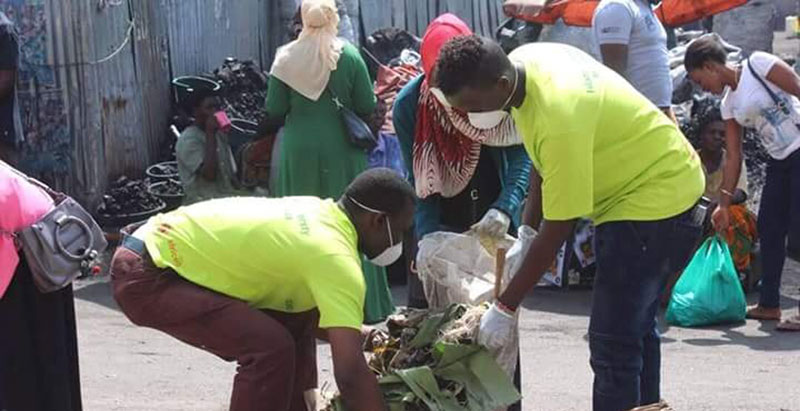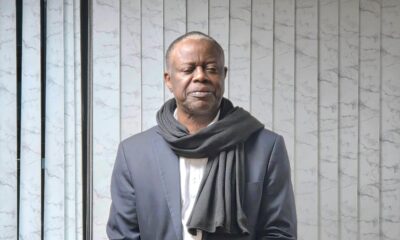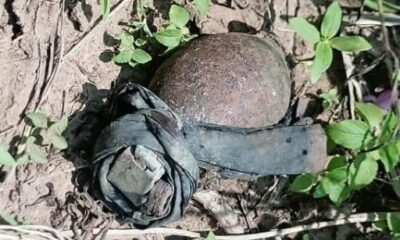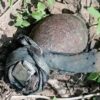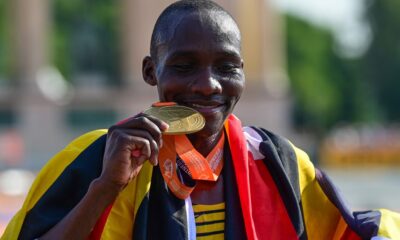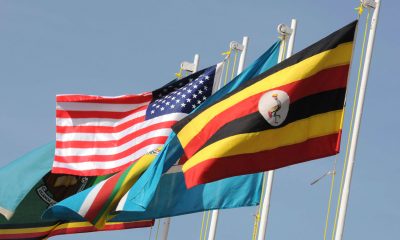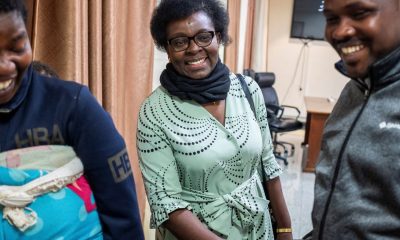human traffickingFeatures
Why Mbale’s “prostitute” market has stagnated
Soroti Road market, popularly known as Kikindu market, is one of the oldest markets in Mbale district. It is located in Kiteso cell, Namakwekwe ward, Northern in Division, Mbale town.
The main market day is Sunday. The Sunday market attracts traders from almost the whole of eastern Uganda and some business people from Kampala.
It is one of the most accessible markets since it is located along side Mbale-Soroti highway just three kilometers from the town centre. The interior accommodates over 10,000 traders including shop attendants, clothes sellers, food kiosks, salons and fresh food sellers.
Despite the hug number of people working here, the market has failed to grow in terms of infrastructural development.
History of Kikindu market
Boniface Musisi, a resident of Kiteso cell, says the market was started in 1971, in Wanambwa cell.
“I was still a student then but I used to sell mangoes and jack fruit which my father used to bring from our village in Palisa district,” Musisi recalls. “By 1975 the market had started to attract traders from different parts of Teso and Tororo regions who used to bring their cassava and some merchandise.”
The market shifts to Nkoma centre
Ayub Mafabi lives in Bujoloto cell but works in Kikindu market. He says he witnessed the market shift from Wanambwa to Nkoma.
“In 1979 after the downfall of Iddi Amin Dada everything was disorganized. Some vendors started selling items in their local trading centres. This market was shifted to Nkoma because Nkoma was nearer to the main road compared to Wanambwa cell,” Mafabi says.
Mafabi says the change was gradual
“Traders used to sell their goods from the market in the morning and in Nkoma in the evening. Some vendors, especially those residing in Nkoma, started selling goods in their area from morning to evening. This forced all merchants to shift to Nkoma, abandoning Wanambwa.
After the establishment of the Islamic University in Uganda in February 1988, the market experienced sudden growth in terms of customers. Traders started to work all day. Structures were erected, especially to offer accommodation and catering services to the growing number of students in the area. The land size of the market was reduced significantly.
Market to the current place
Eventually the market was shifted to the Kiteso cell. Kassim Kapapali, a resident of Mirembe cell, Namakwekwe ward, witnessed this change.
“In 1970 I was 22 years old. I came here with my family. This place [Kikindu] was full of palm trees (Bikindu) and that’s why it’s called Kikindu. The first man to operate a business here was called Sefu and that is why part of this place is called Sefu’s place.
Kapapali says that bys 1996, due to the boost from the university, Nkoma became too small to accommodate the big number of vendors.
“Some vendors started to come here [Kikindu]. They joined those who used to work with Sefu. Others followed. That is how the market developed here. But Sefu is still remembered as its founder.
In 2012, the first floor of a 4-floor planned house was constructed along the main road. This was viewed as a serious development, but it also caused the same problem that led to the demise of the first two market places. This construction forced some of the traders, mostly from Kampala and Jinja, to begin to sell their goods alongside the road. Accidents began to occur. The market committee and the Mbale Municipal council agreed and transferred all vendors into the inner part of the market and to the hind gate.
Although it serves over four million Ugandans, including people from the sub counties of Northern division, Namanyonyi, and Bukonde on a daily basis, and benefits traders from Nakaloke town council, Bungokho constituency and the districts of Mbale, Budaka, Palisa, Bukedea, Ngora, Jinja, Kampala and Sebei sub region on a weekly basis, Kikindu market has stagnated.
Why development is slow
Mafabi believes the market’s mobility is its main undoing.
“Every time they changed the location management also changed. All this has slowed down the development of the market,” Mafabi says.
Authority speak out
Denis Waluzeza, the vice chairperson of Kikindu market, says they have started a SACCO to develop the market through giving loans to traders.
Buseinsamilu@gmail.com
Comments



